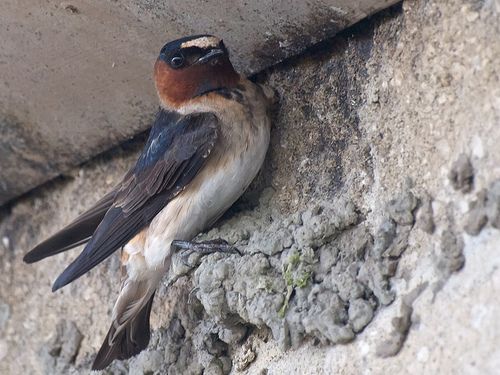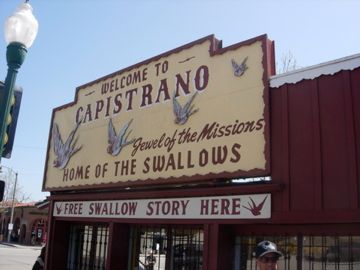Animal disaster preparedness–mean anything to you?
It is not something new but it is something that people forget about. Me, I was obsessed over it for a long time.
In the aftermath of the Japan earthquake, people are disturbed. And they should be, but that concern should be turned into action not panic.
When I first wrote, Animal Disaster Preparedness for Pet Owners & Pet Professionals I had no idea I’d get so proactive in preparedness. (See my credential area) When the 6.8 earthquake hit my town, I was ready–and thus began my adventures in that field.
I began giving away the educational animal disaster guide and have updated it over and over again through the years.
In fact, my plans were to update it this year and start selling it-but people can download for free by simply signing onto my list (form to the left).
I’ve watched the awareness on this issue grow from its infancy to the point where national attention became a reality (PETS Pet Evacuation Transportation Standards Act) but it still is not a coordinated effort.
My research looked into the behavior of animals prior to quakes (seismic sentries) and I’ve been quoted about it in a lot of places. (Including in the book, The Man Who Predicts Earthquakes. Below is a recent video you might find of interest.)
It is a topic that cycles through every time there is a disaster. Remember? Not too long ago it was the BP Oil Spill and in Disaster Diaries I wrote about some of the animal disaster rescue efforts and shared links.
Now we have another big issue a little further away but the reality is that it has global implications.
Predictions come and go too. Some are right but most are wrong.
Now you should be prepared but you should not be giving your pet iodine–read this UC Davis School of Veterinary Medicine release on this issue.
Take some time to read some of my past works on this topic but for peace of mind, do everyone a favor and do some preparedness.
You see, if something is going to happen, it will. There is not much you can do about it–but you can prepare–so get out and do so since it is just plain common sense and will save everyone a lot of grief in the event of a disaster striking nearby.
You can also take a gander at the table of contents of my animal disaster guide and then go download it.
- Japan Animal Rescue/Donation Links (Facebook Discussion)
- Animal Disaster Rescue Links (National Groups)
- High Tech Animal Disaster Preparedness Tips
- California Earthquake Pet Preparedness Tips
- Pet Earthquake Safety Tips
- Animal Disaster Predictions
- Seismic Sentries
Photo Credits: FEMA




